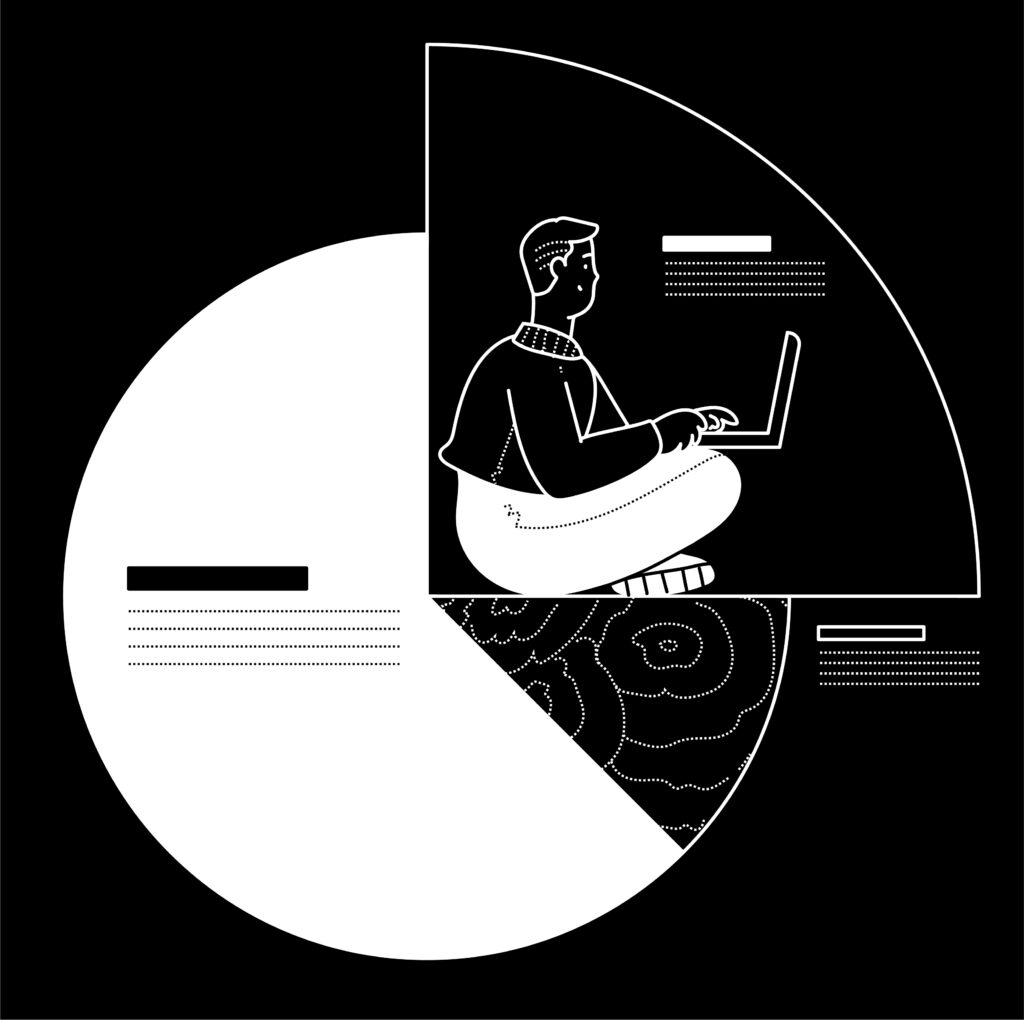When you find yourself at the crossroads of a saturated market and evolving customer needs, what do you do? If you’re Eric Yuan, you start Zoom. But the real intrigue lies in how Zoom leveraged a freemium model to cut through the SaaS noise. A series of calculated moves that serves as a lesson in both SaaS scaling and brand strategy. Let’s unpack this, shall we?
The Power of Freemium: Lowering Entry Barriers
Zoom didn’t invent the freemium model, but they perfected it for the SaaS video conferencing space. Offering a reliable and high-quality service for zero dollars did two things: it lowered entry barriers and built immediate trust. But herein lies the question—how do you make freemium a gateway to revenue, not a dead-end?
From a SaaS Scaleup Perspective, it’s a no-brainer. Your customer acquisition costs plummet, word-of-mouth marketing starts to kick in, and the influx of free-tier users gives you a fertile ground to identify upgrade triggers. Meanwhile, a successful freemium model becomes your most compelling brand story. Which is super straightforward: delight your free-tier users, and they become your evangelists.
Crafting the Freemium Ceiling
But we’re not there yet. Offering too much for free could lead you to a dead end. Zoom’s magic trick was to find that elusive line where free stops and paid begins. They chose a 40-minute cap on free group meetings—long enough to be useful, short enough for B2B users to opt towards upgrading.
Let’s not forget that while Zoom has found a place in our personal lives, especially during the pandemic, its core focus is on the B2B market. The platform is engineered with features that go beyond simple video conferencing—offering webinars, advanced admin controls, and enterprise-grade security measures. These are not mere add-ons; they’re integral to Zoom’s business offering. So, even though the platform has gained traction for personal use, its foundational structure and primary revenue stream are built to serve corporate and institutional needs. That’s why this specific freemium ceiling makes that much more sense.
A limitation that nudges, not shoves, free-tier users towards a paid subscription keeping the balance between user growth and revenue generation. From a Brand Strategy Angle, it’s essential not to alienate your user base with limitations, as that erodes brand equity. The cap should feel like a natural point to graduate, not a forced upsell.
It’s Not Just About Getting, but Keeping
No discussion about SaaS growth can exclude customer retention. And this is something Zoom excelled at. Zoom had a rather unique beginning; the company was largely composed of engineers. Now, you might think that a techie-heavy staff would result in a product saturated with bells and whistles. But quite the contrary.
This engineering focus actually became Zoom’s golden ticket to simplicity, focus on UX and ease of use. Problem-solvers at heart, they cut through the clutter and zeroed in on what was absolutely essential for a seamless video conferencing experience. No frills, no unnecessary complexities—just a tool that worked well. This simplicity became a cornerstone of Zoom’s brand. With this attention to UX and responsive customer service, they created a fundament that retains users better than a sponge holds water.
Customer retention impacts your Customer Lifetime Value (CLV). High CLV means you’ve got more room to breathe, and possibly, invest in acquiring new customers. From a Brand Strategy perspective, retaining a customer is another touchpoint, another opportunity to solidify your brand’s value and build long-term equity. It’s very simple really, keep your users happy.
The Zoom Growth Timeline
Let’s look at a few of the strategic milestones that fueled the rise of Zoom. They effectively leveraged the freemium model for initial user acquisition and market penetration, diversified its product offerings to increase average revenue per user (ARPU), and achieved scalability and profitability to attract investors and enterprise clients. Additionally, Zoom demonstrated adaptability by capitalizing on the COVID-19 pandemic to solidify its market position.
2011: Company Founded
- Establishing the foundation for a new video conferencing solution that aimed to be more reliable and user-friendly than existing options.
2013: Launch of Freemium Model
- Allowed Zoom to acquire initial users quickly and provided a low-risk entry point for potential customers, thereby increasing market penetration.
2014: Introduction of Zoom Rooms
- Expanded the product offering to include conference room solutions, broadening the target customer base and increasing revenue streams.
2015: Reaching 40 Million Participants
- Demonstrated product-market fit and scalability, attracting further investment and customer interest.
2016: Launch of Zoom Video Webinars
- Diversified the product line to include webinar capabilities, attracting a new segment of customers and increasing average revenue per user (ARPU).
2017: Achieving Profitability
- Proved the business model’s sustainability, making the company more attractive to investors and potential enterprise clients.
2019: IPO (Initial Public Offering)
- Provided significant capital for expansion and increased brand visibility on a global scale.
2020: COVID-19 Pandemic Surge
- Exponential increase in user adoption due to the shift to remote work and online communication, solidifying Zoom’s market leadership.
2021: Expansion into New Markets
- Launched products like Zoom Phone and OnZoom to diversify offerings and tap into new revenue streams.
The Bottom Line
Zoom’s mastery of the freemium model illuminates a path for SaaS companies that aim to scale and brands who aim to resonate. They have shown that understanding your customer’s journey and adapting your business model can create a symbiotic relationship that catapults you to new heights in a crowded marketplace.
When we see a case like Zoom, it’s more than a success story; it’s a playbook, a study in doing things right in an environment where it’s all too easy to go wrong. So, as you navigate the complex maze of SaaS scaling and brand strategy, remember: a freemium model isn’t just a pricing strategy; it holds the potential to become a narrative, a promise, and a long-term commitment to your users.




